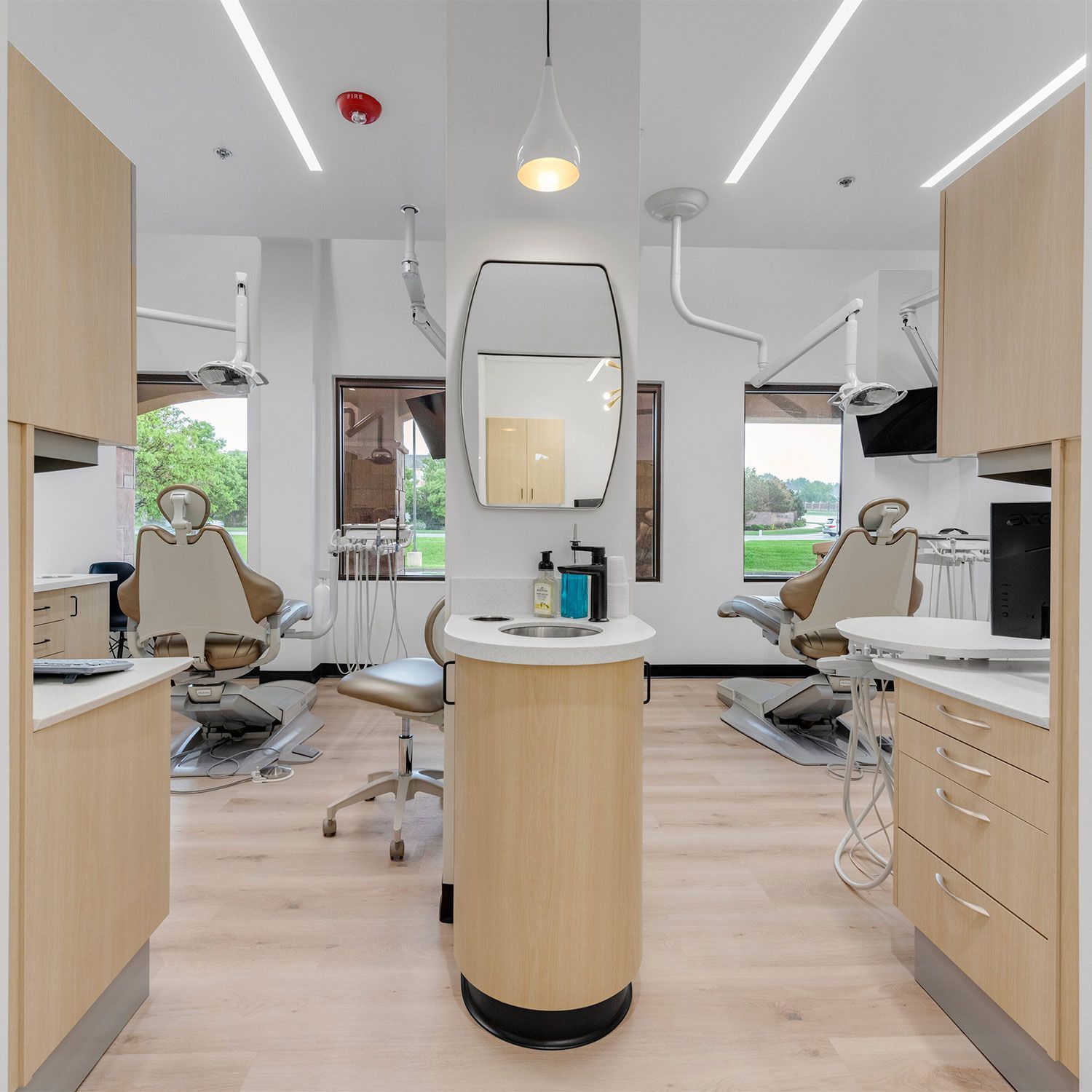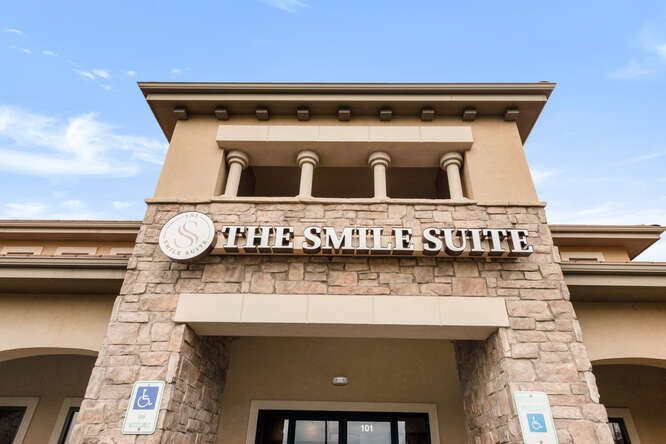GUM CONTOURING AT THE SMILE SUITE
Gum contouring is a procedure that can change the shape and size of your gum line. It is also called gingival sculpting or gingivoplasty. This procedure can help people who feel self-conscious about their gumline, whether high, low, uneven or somewhere in between. If you are interested in changing the appearance of your gumline, gum contouring may be an option.
This cosmetic dental procedure involves altering the shape and size of the gumline. A dentist may recommend it if the gums are too high and affect your oral health. However, it can also be performed for cosmetic reasons, such as to even out an uneven gumline or improve the appearance of a person's smile.
If you have gums that don't rest at the right level on your teeth and you are not satisfied with your smile, you may qualify for gum contouring surgery.

CAUSES OF UNEVEN GUMS
Various factors can contribute to the alteration of gumline height, either making them recede or protrude excessively. Both these factors could be either an inherited characteristic, an indication of a specific health issue, or an unintended side effect of certain medications.
The appearance of elongated teeth is commonly caused by a condition known as gum recession, in which the gum tissue retreats from the root and exposes the tooth. This creates an unsightly appearance and can lead to destructive dental issues like decay and potential tooth loss. Furthermore, gum recession might indicate periodontal disease, which is a weakening of the tooth's supportive structures (bones and gums).
COMMON QUESTIONS ABOUT GUM CONTOURING
Often time this procedure is done by a board certified gum specialist. The benefits to gum recontouring include:






